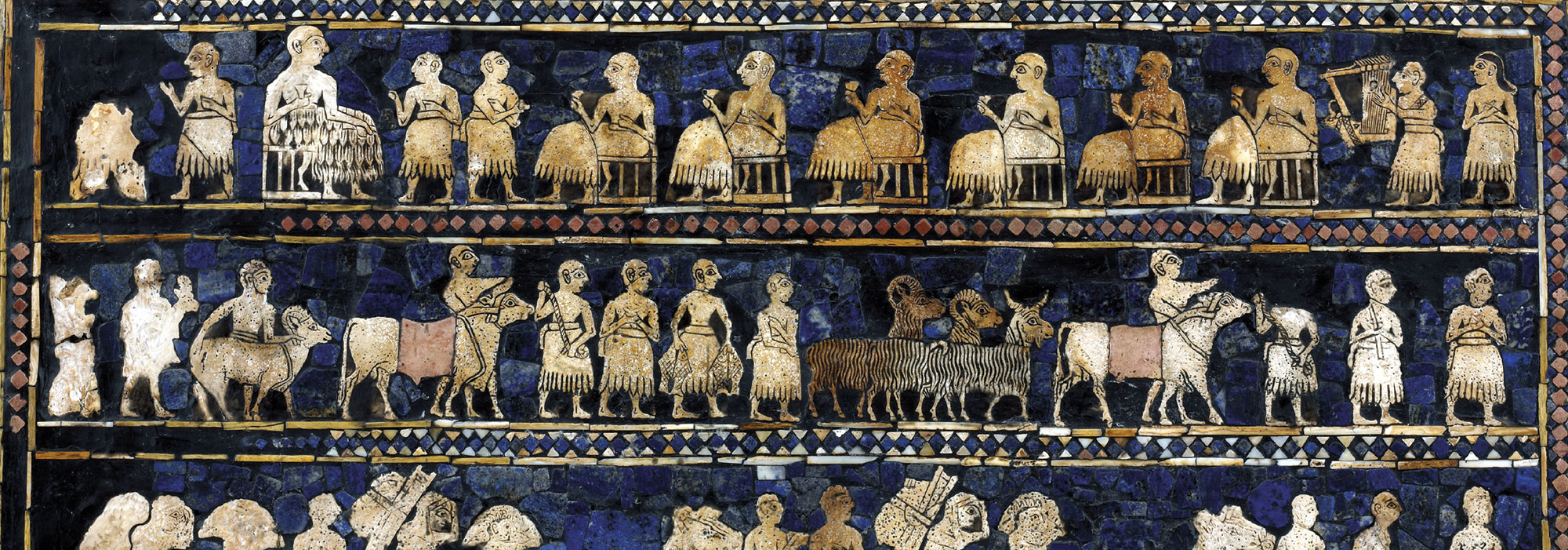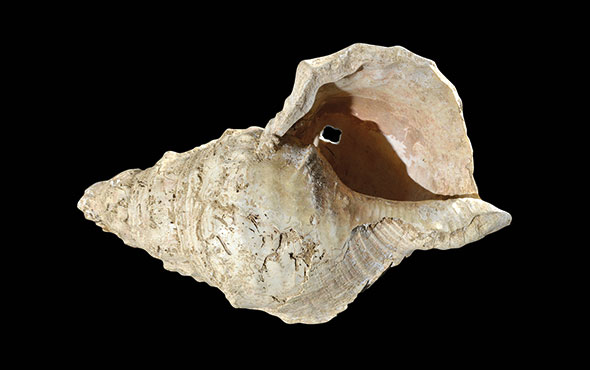
EXETER, ENGLAND—According to a statement released by the University of Exeter, researchers led by Sean Doherty have developed a method to determine the age of domesticated chickens at the time of death. Scientists rely upon tooth wear and bone fusion to determine the age at death of mammals, but these methods do not apply to birds. Instead, the team members measured the size of modern chickens’ tarsometatarsal spur, which begins to grow on the legs of adult cockerels and continues to increase in size as the bird ages. They then compared this data to that collected from more than 100 Iron Age, Roman, and Saxon-period specimens unearthed in Britain. Doherty points out that many of these birds were buried intact, and not as butchered food waste. The study suggests that more than half of the ancient chickens lived more than two years, and more than a quarter lived more than three years. Doherty said the study also shows that there were more older cockerels than hens, perhaps indicating the popularity of cockfighting during the Iron Age and Roman periods. For more on the domestication of chickens, go to "Fast Food."










